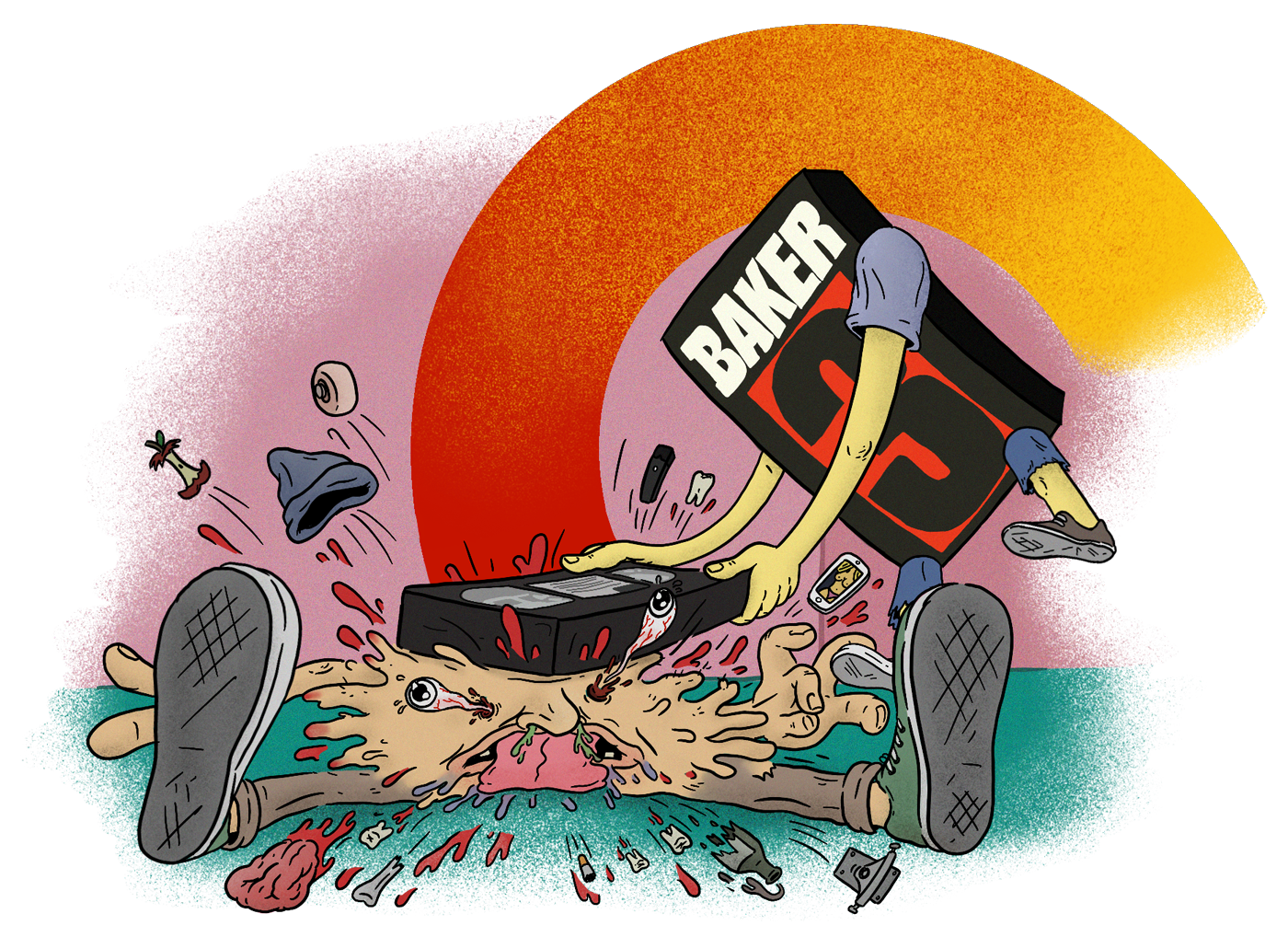
When I was a kid, my parents granted me a bit too much freedom. They’d let me hang out at strip malls and go to local shows put on by shitty bands in dingy all ages venues in the town over. They were a strange mix of dorky tweens, burnouts, and straight edge kids with nothing better to do, but in the parking lot of one of those shows is where I saw my first Baker board.
As soon as I got home that night I ran to my family’s shared computer to Google “Baker skateboards” and found some Baker 3 parts on YouTube. I was hooked. Watching that video for the first time gave me the same giddy feeling you get from asking an unwitting classmate to spell “I CUP” or Googling “big boobs” during computer class in middle school. It felt like I was doing something I wasn’t supposed to, even though I was just watching a skateboard video.
From then on, I rated every skate video based on how it compared to Baker 3: “Not enough hijinx. Not enough hammers. Not enough quotable lines. Not enough Spanky or Ellington.”
Now, Baker 3 is on the brink of turning 15 years old, and its long awaited follow up is nearly here. But over these last 15 years, no other video has held up as long as Baker 3, and that’s not just my opinion. It truly set the standard for what skate videos should be, and the crew behind it did so with the following formula.
BREAKING THE STATUS QUO
Baker 3 came out in 2005, just a couple of years after Yeah Right!, The DC Video, and Mosaic. Skating was bigger than ever at the time, with Bam Margera ruling the airwaves on MTV and Tony Hawk video games giving kids carpal tunnel syndrome. The dolly cams and special effects of Yeah Right!, the big travel budgets of The DC Video, and the artistic nuance of Mosaic all reflected this.
These videos are all classics in their own right today, but they were products of the gilded age skateboarding was in. They were major productions that tried to redefine what a skate video could be moving forward.
In came the Baker crew, bearing a video in a bold, black and red package with a clear message emblazoned on the back: “Giving skateboarding a bad name since 2000. Right when skateboarding begins to get socially accepted, we come in and ruin everything.”
The “Gay Bird Moment” clip—that Dollin later explained was poking fun at the hyper-stylized editing that was taking over skateboarding—may not be PC by today’s standards, but it reflects the crew’s awareness that they were changing the tide. “For everyone who was so serious about everything, it was just a little jab. Half of the team is recovering addicts, some of the dudes have been in jail. That’s the part of skateboarding I grew up on and I wanted to keep that alive,” Reynolds told me.
Other videos released in 2005, like Elementality Vol. 1 or DVS’s Skate More also felt like high budget and polished productions, but this was a pushback against the sanitization of skateboarding. It felt like, and truly was, just a ragtag group of friends filming their lives through a cheap Sony TRV 900. It just so happened that these friends were also some of the biggest partiers and best skaters in the entire world.
In a way, Baker 3 was similar to the Wu-Tang Clan’s 36 Chambers album. Although the individual team members were superstars in their own right, the video felt like an independent release put out by a crew representing the underbelly of the culture, and it cut through the sea of major label releases. Plus it was jam packed with the raw, untamed energy that makes any project compelling and long lasting.
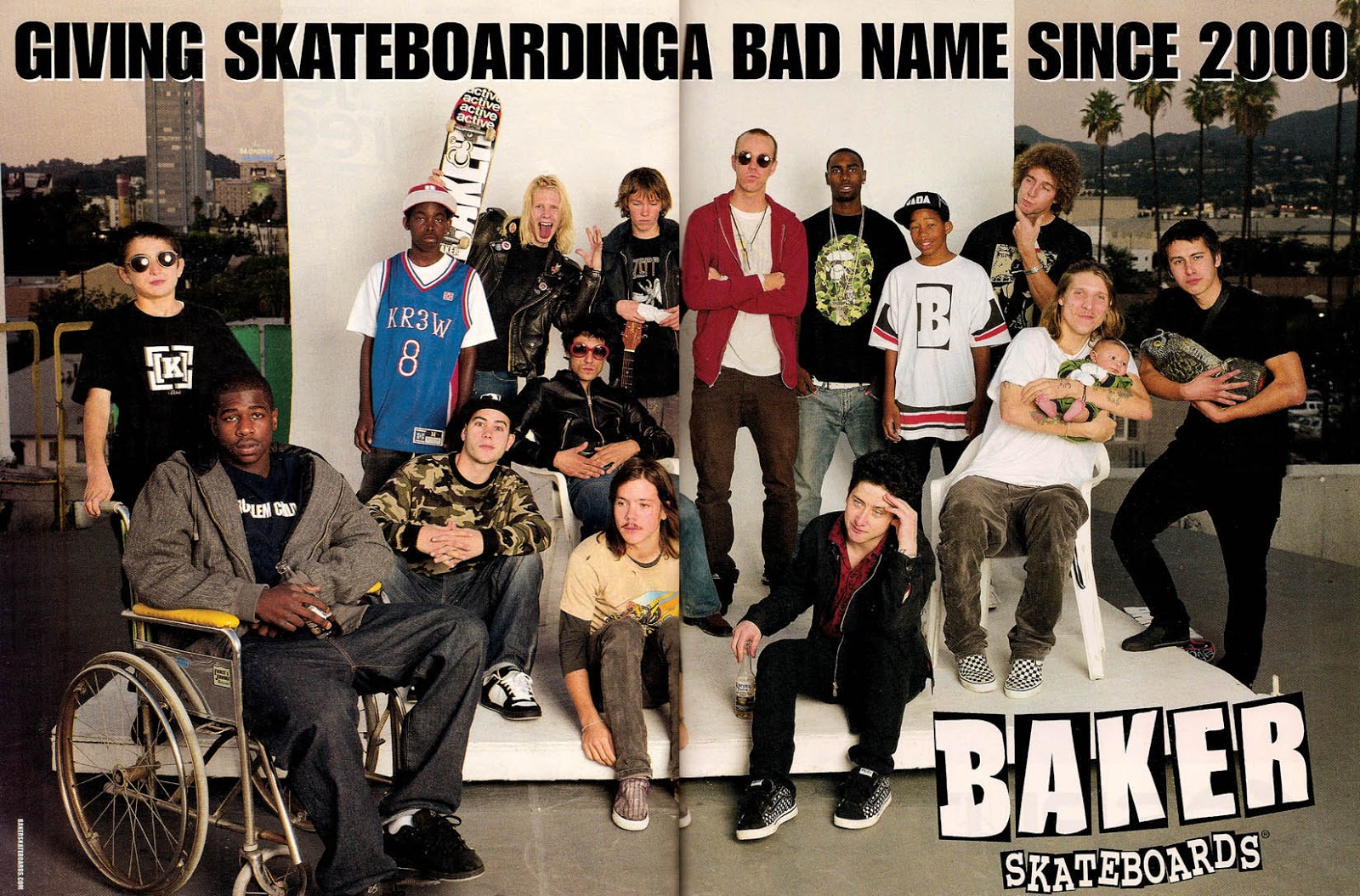
DIVERSIFYING YOUR BONDS
36 Chambers wouldn’t have had the same impact if it was a solo release by GZA, Raekwon, or Method Man, and in the same way, Baker 3 wouldn’t have made the same splash without its impressive roster.
Just when you think you figured out the vibe of the whole Baker crew, someone comes in with an entirely different style, forcing you to refocus and reinterpret what you’re watching. At times, it can feel confusing. What does Terry Kennedy have to do with Spanky?
The city of Hollywood, where most of the skaters lived or hung out during the filming, helped establish the connections between these disparate oddballs. Hollywood has long been a beacon that attracts extreme personalities of all types. It makes perfect sense that a crew with so much star power and charisma would come from such a larger-than-life neighborhood.
The Baker crew of the mid-aughts was held together by geography, their collective delinquency, and a strong devotion to street skating. There didn’t seem to be much else holding them together, but that’s okay because that perfectly reflects the friendships so many of us have developed through skating.
One of the most praised aspects of skateboarding by academics, stoned skate philosophers, and corporate marketing directors alike is its power to bring different types of people together, and that power is perfectly captured in Baker 3.
It’s a feeling that the best videos tap into, and if done successfully, it can push a project into the upper echelon. Just think of the Supreme or Palace crews. Ben Kadow and Tyshawn Jones seem to have just as little in common as Antwuan Dixon does with Dustin Dollin, but their ties are undeniable on screen.
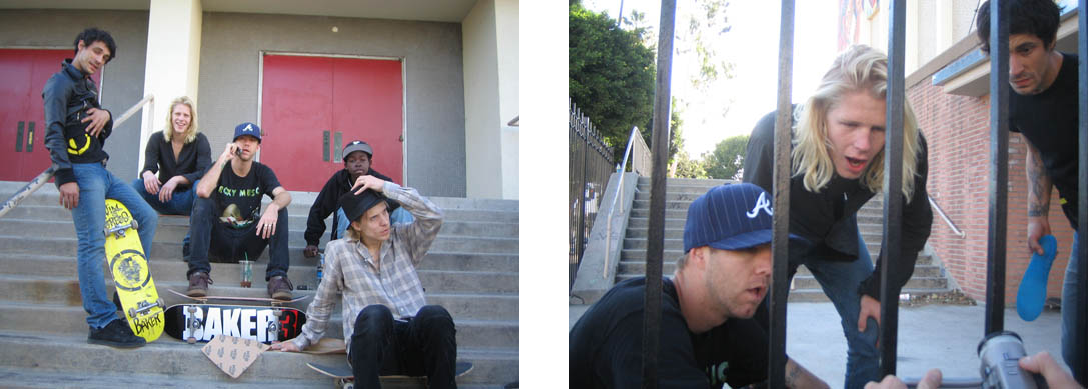
SOUNDTRACKING A MYTH
With Baker 3’s persona driven lineup, every song choice had to accentuate these personalities further.
As Beagle told me, “You just recognize a special sound when you hear it, no matter what genre it is. People will just remember a song forever from a skate part. That’s when you know a song has to be used for sure.” When looking closely at the final product, the music supervision and the part order are the strongest forces keeping the hodgepodge together.
The sequencing creates a distinct narrative—that of a group of drunk, reckless street lurkers skating and wreaking havoc through Los Angeles and beyond—the way classic albums like Mobb Deep’s The Infamous or Nas’ Illmatic tell the story of kids from Queensbridge and their encounters with the characters from their everyday lives.
Lou Reed’s “Street Hassle”, a song that in itself is an homage to street culture and the characters found within, serves as the leitmotif of the video. “That definitely came from something that people do in movies,” Reynolds said. “The only movie that I can think of right now—which I’m not really a big fan of—is Requiem for a Dream. That same music just keeps popping up.”
“Street Hassle” has become synonymous with Baker the brand, and when anyone who has seen the video hears that string arrangement, they immediately gets flashbacks to Braydon’s giant joint or the unknown kid taking a gnarly slam at Hollywood High. The song functions like a musical mantra, keeping you grounded as you go from section to section. If you start to drift away as the lengthy 56-minute video runs its course, the familiar sounds of the string section remind you that hilarity and chaos are set to resume. You just need to get through this two-minute montage of hijinx first.
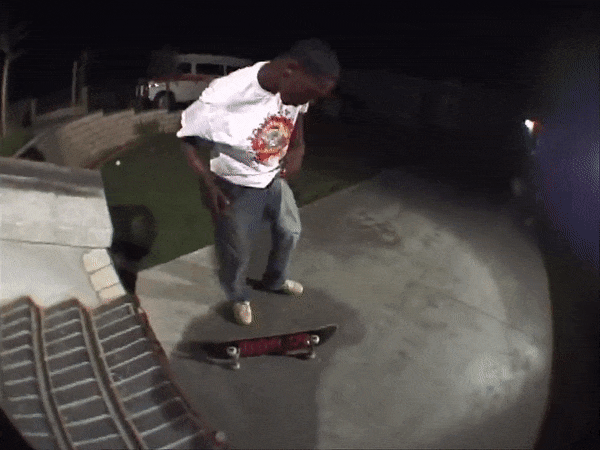
Erik Ellington’s part is the first to kick in, set to “Reckless Life” by Hollywood Rose. As good opening parts do, it sets the pace for the video at full throttle, with the song’s lyrics hinting at the vice-filled and haphazard lifestyles of the Baker crew. In a time where his contemporaries were getting sober, this part was a testament to the fact that Erik was still very much “Getting fucked up tonight”, and that this way of life was still part of the Baker DNA.
The video runs its course and we hear Antwuan paired with Biggie, Dollin with Children of Bodom, Spanky with Morrissey, and Greco with Johnny Thunders, just to name a few. Each part with its song functions as a mini vignette of the skater, bolstering their personality.
Fast forward to the end, Bryan Herman’s closing part is set to David Bowie’s “The Width of a Circle”. It’s the capstone to a video that has pulled us in so many different directions. The song is a dark, psychedelic tale of a man lost in the underworld, dancing with the devil, and by the end of the video, as viewers, we are in that same position. We have been carried through the world Baker has built over the last hour, but as the final resolving note hits, there seems to be no question that we have reached the end.
The festivities start to come to a close, and we reminisce about the night as “Good Times” by The Animals plays. But like any good party, it’s now time for the after party, where only the closest of friends are welcome.
This is where the stragglers who were lost to the other temptations of the night start to trickle in. Ali Boulala and Beagle make appearances. The first was too far gone to make it to the main event, now racing and ready to keep the night going. The second was too stoned and preoccupied behind the lens, but is now fully relieved of his duties.
When everything winds down for good and the final credits start to roll in, we see Reynolds and Spanky sitting in a living room, presumably just getting home after a long night out, sloppily jamming away on guitars. They don’t seem to want to call it quits just yet, but all good things must end, and that time has finally come.
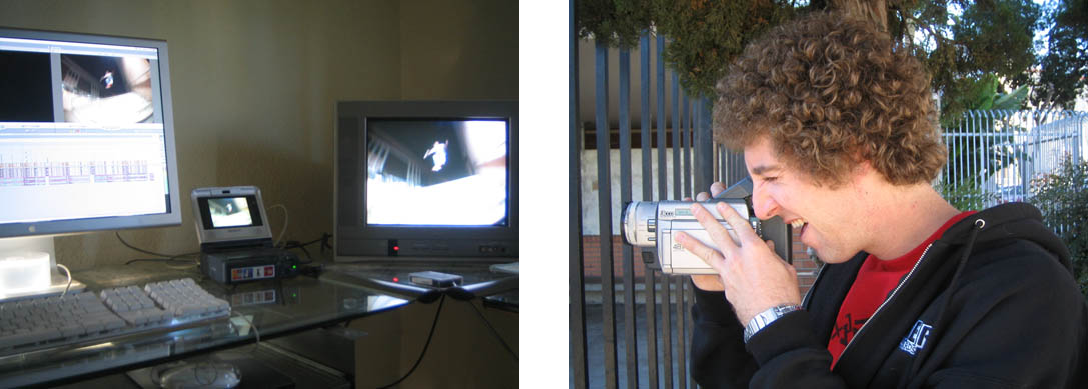
“GOOD ARTISTS COPY, GREAT ARTISTS STEAL”
Outside influences always seeps into artistic work, whether the audience or even the artist is able to pick up on it. But the origin of the Baker aesthetic has been one of the things I’ve long been curious to decode.
Two of Baker 3’s most defining characteristics are the hijinx and the hammers. Clips like the recurring “Baker, Baker, Baker”, the perfectly timed use of slow motion, and footage of the crew generally being reckless despite (or in spite of) their age are just a few things that make the video tick.
“I really like Antihero’s Fucktards and [World Industries’] Rubbish Heap, videos where you see some street people,” Reynolds said. And after rewatching these older videos, the comparisons hold true. There’s footage of street dwellers, raw street skating, and silly antics all throughout, just like in any Baker production, past or present.
“It’s amazing, to this day Andrew backs [that] culture of Baker,” Beagle said, as I asked about the more R-rated hijinx in the video. Reynolds handled the editing for the video after getting sober, but there’s no censoring of any kind in the video. “He doesn’t frown upon it, he just knows it’s not for him to do. He just knows the essence of Baker. No candy coating.”
And as far as how the skating itself is presented, Beagle, who was the primary filmer of the video, isn’t shy about where he drew his inspiration from. “When Andrew and I met… we were psyched on the Zoo York Mixtape video. It was just cool and raw. Zero videos like Thrill of It All and Misled Youth, too. That was a big influence on just doing risky, stunt style skateboarding,” he added.
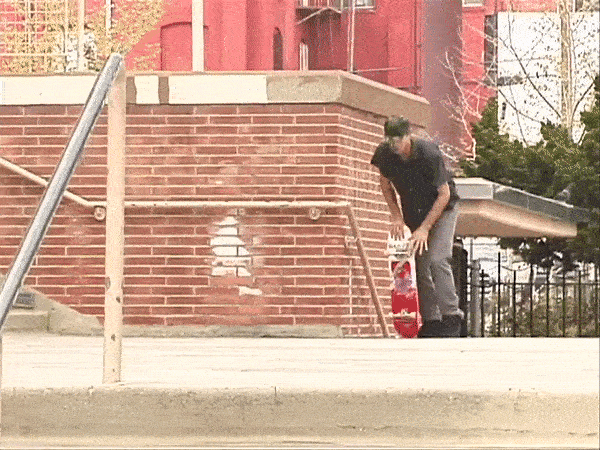
One of the last videos I’d think to compare Baker 3 to is eS’ Menikmati, but Beagle says French Fred and his filming angles in that video were also big inspirations. “I really like his rolling long lens, up top angles. It just developed from there. Then to be able to pan out into the trees after they land, and you can fade into the camera panning into the next trick…It all started coming together.”
“There’s a lot of fucking around and having fun, but when it gets into some of the editing, I’ll use some of those Jamie Thomas techniques to make someone look epic,” Reynolds said. “Big slow motion to the big parts of the song…Jamie was a big influence with the way he edited Welcome to Hell. He looks like a superhero. I wanted to look like that, and I wanted to make my guys look like that.”
It also showed skaters everywhere that a good video can feel like a homie video and come with an affordable production value. You don’t need to be a master at your editing software or have the most expensive video equipment like Ty Evans and Spike Jonze. What matters most is having a team of people you can work with to create something that doesn’t feel contrived. If it pays some homage to what came before without directly copying from the source, even better.
Instead of coming across like a blatant rip off or rehash of the past, the way everyone seems to copy Bill Strobeck or Ryan Garshell’s filming and editing styles today, Baker 3 was truly a breath of fresh air.
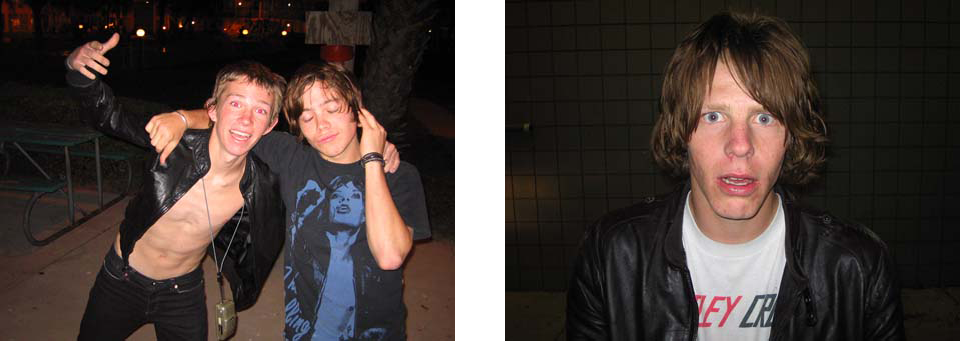
STARTING A NEW WAVE
Today, there’s no real question surrounding Baker 3’s lasting influence. The OG Baker squad and the video have earned the reverence Beagle and Reynolds had for Jamie Thomas and Fucktards. Most members of the crew are known on a single name basis, and their leader is universally recognized as “The Boss”.
In our 2018 interview with Tyshawn Jones, he specifically cited Bryan Herman as one of his biggest influences, and recalled coming home from school to watch Reynolds’ frontside flip down Hollywood High on loop, before moving on to Antwuan Dixon and Bryan Herman’s parts. And according to Reynolds, Alex Olson and Logan Lara of Call Me 917—who together made one of the most impactful videos of the last five years—admit to drawing from his editing style.
“They openly tell me they try to make their videos look like a Baker video. I’m like, ‘Sick!’ What Logan doesn’t know is that I see some of the edits he does and I’m like, ‘Oh, I’m gonna use that’ [laughs],” Reynolds said.
Lara’s videos for 917, as well as Strobeck’s for Supreme and Garshell’s for GX1000, have been some of the best of the decade, and Reynolds said they all share a vision when it comes to what makes a good skate video. “We talk all the time about making videos. We all know that these are the way videos should look. I would never think somebody bit our shit because I’m influenced by them too. We’re all in the same side of skateboarding.”
Related Posts
Comments
Popular
-
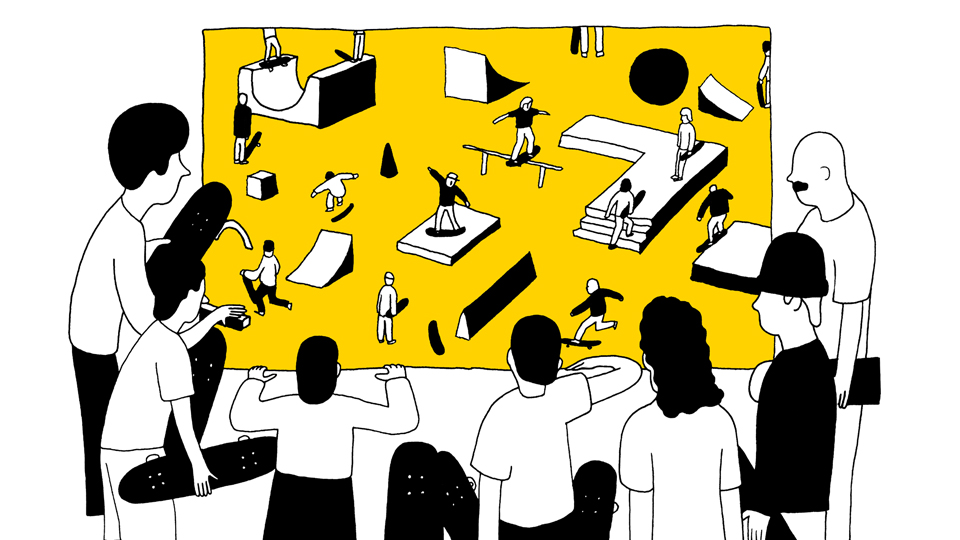 WHAT’S IT LIKE RUNNING AN INDOOR SKATEPARK IN 2024?
WHAT’S IT LIKE RUNNING AN INDOOR SKATEPARK IN 2024?
Three owners weigh in on the biggest challenges of running an indoor skatepark and offer insights on everything from finances to masonite boogers.
-
 LOCALS: FRANK THE MAGICIAN
LOCALS: FRANK THE MAGICIAN
Meet Frank, a magician and dedicated maintainer of the sandy, trash-accumulating Venice Beach Skatepark.
-
 A CHAT WITH LUDVIG HAKANSSON, THE OLDEST SOUL IN SKATEBOARDING
A CHAT WITH LUDVIG HAKANSSON, THE OLDEST SOUL IN SKATEBOARDING
The man loves to read Nietzche, skates in some expensive vintage gear, and paints in his own neoclassical-meets-abstract-expressionist style.
-
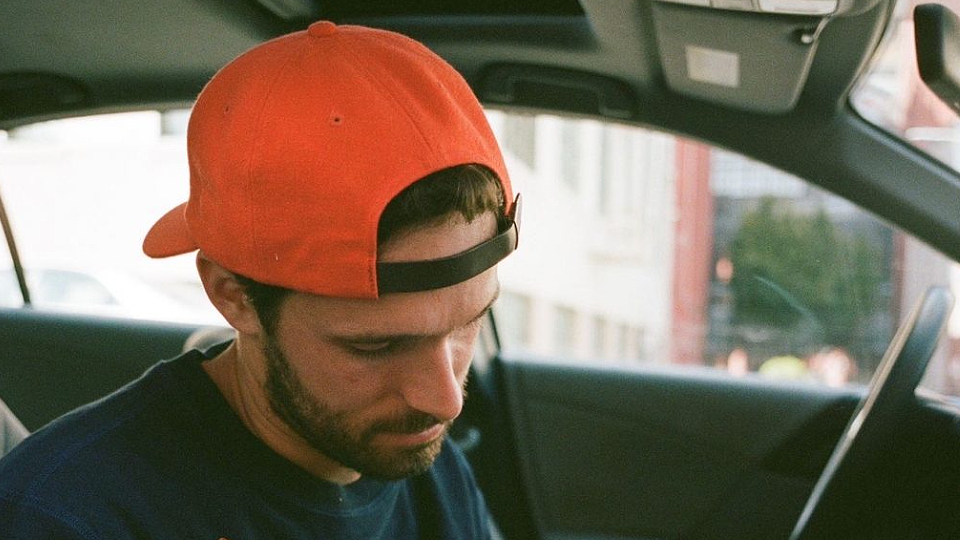 JOHN GARDNER ON STEPPING AWAY FROM PRO SKATING AND HIS NEXT CHAPTER
JOHN GARDNER ON STEPPING AWAY FROM PRO SKATING AND HIS NEXT CHAPTER
"I’m sure I could have kept my career going for a while, and it was tempting to do that because I was making really good money, but I felt strongly I needed to do something else."
-
 THE STORY BEHIND TAIL DEVIL, THE FORGOTTEN MILLENNIAL SKATE TOY
THE STORY BEHIND TAIL DEVIL, THE FORGOTTEN MILLENNIAL SKATE TOY
Sparks + skateboards is a no-brainer. So why did this toy go away? We talked with the inventor to find out.

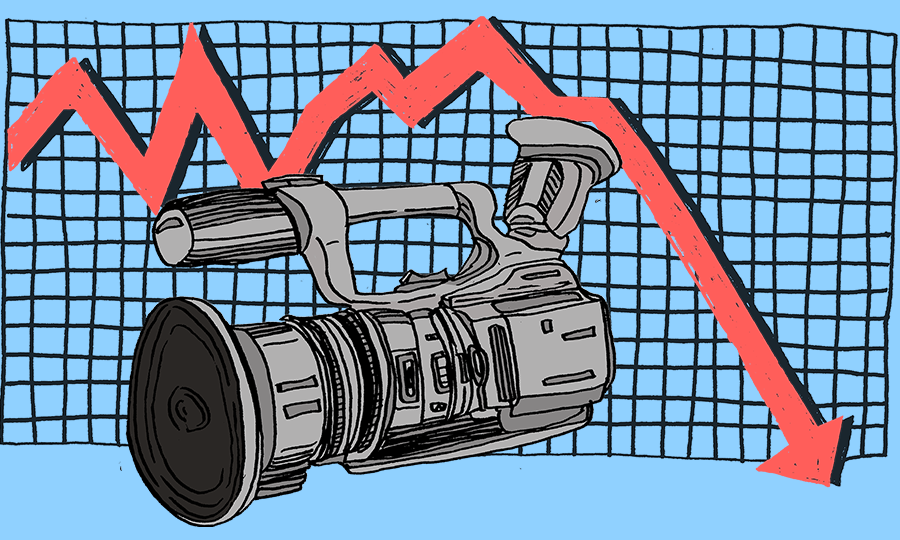
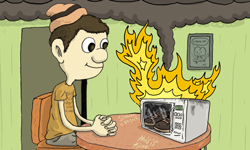
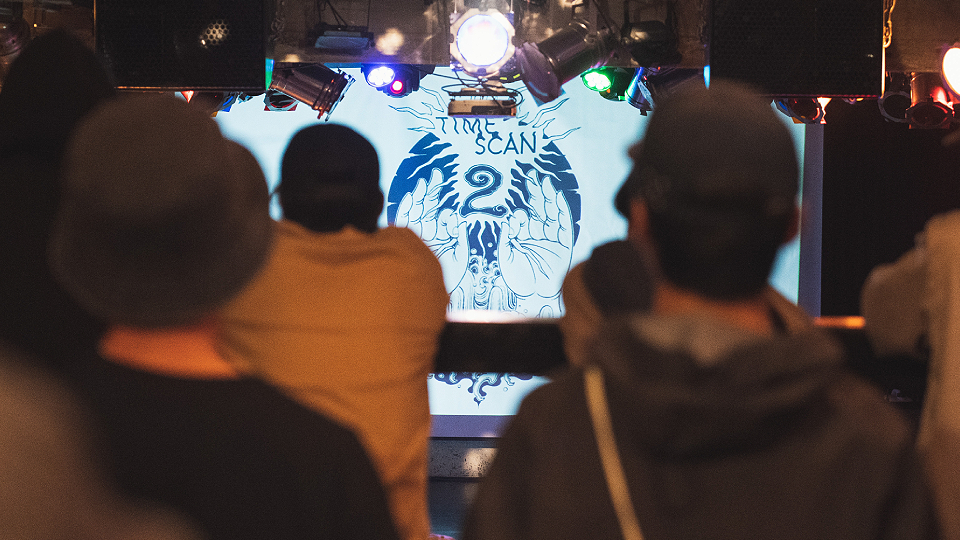
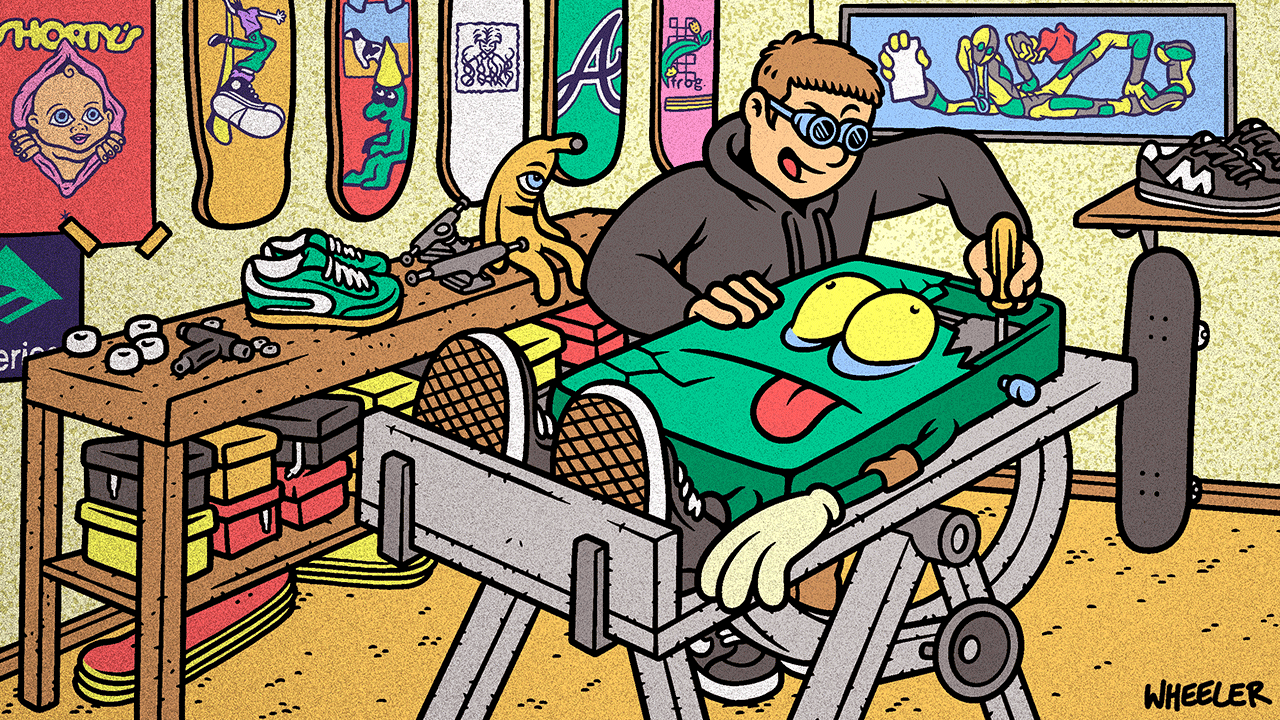
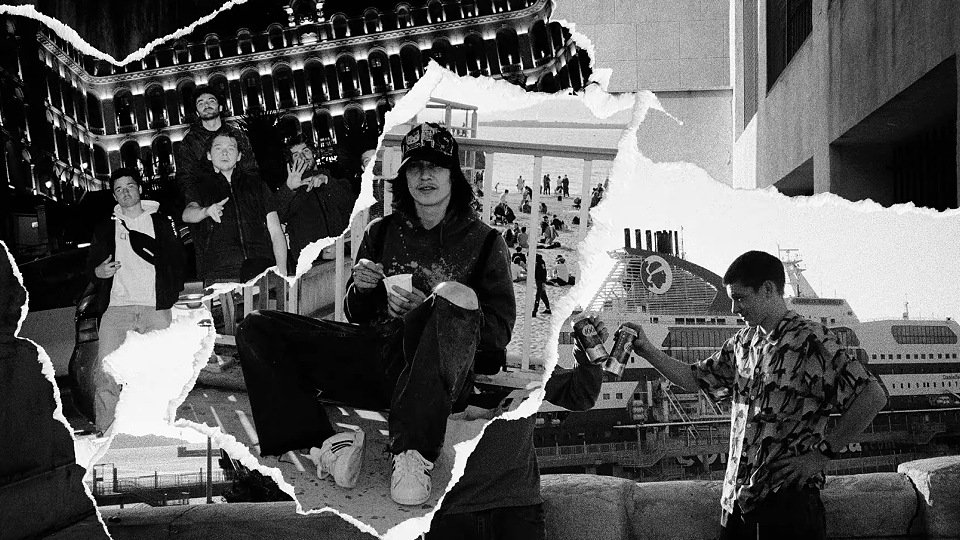
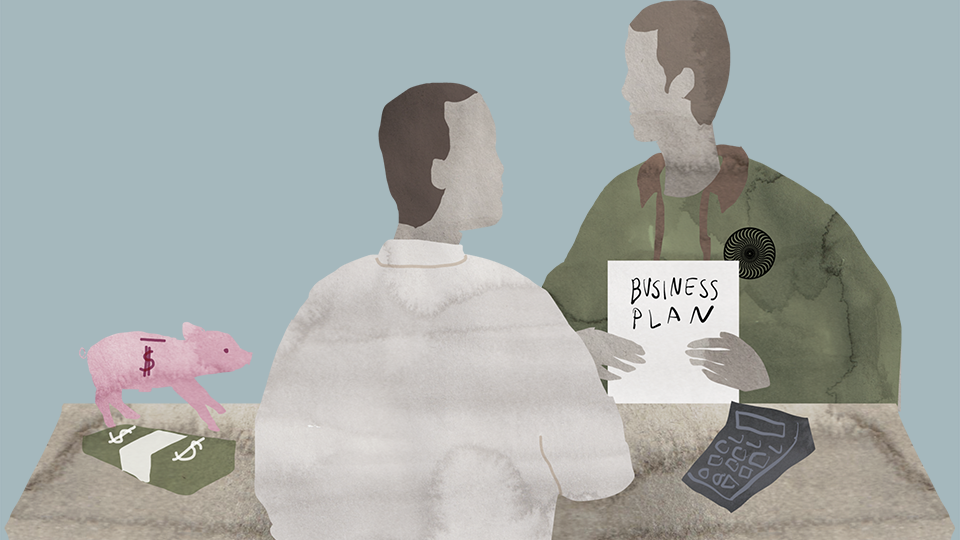

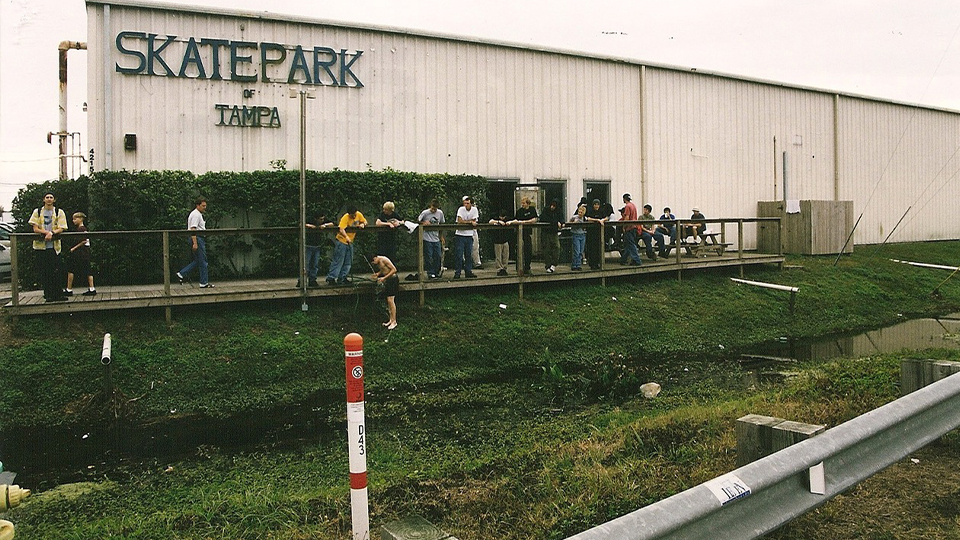
November 25, 2019 4:33 pm
Was thinking about this shit all night and you guys wrote about it the next day!
November 27, 2019 11:42 am
tu putz! nobody cares, go get laid instead.
November 26, 2019 10:52 pm
Jenkem always coming through with the fire journalism!
November 26, 2019 11:05 pm
“Go Buddha!, Go Buddha!”
November 27, 2019 12:45 pm
great article